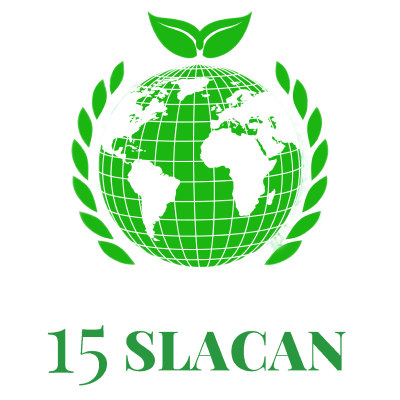Anais do 15° SLACAN - Simpósio Latino Americano de Ciência de Alimentos e Nutrição
BREWER'S RESIDUAL YEAST IMPREGNATED WITH VITAMIN C: BIOACCESSIBILITY
Como citar esse trabalho?
Para citar este trabalho use um dos padrões abaixo:
Como citar esse trabalho?
Nutrients have been studied for decades demonstrating their potential and importance for human health, including ascorbic acid (vitamin C). Vitamin C helps health due to its antioxidant capacity, preventing diseases such as cancer and improving the immune system. However, despite the benefits, these compounds are very unstable, making their ingestion or presence in food difficult. Aiming to solve this problem, processes such as microencapsulation have emerged, where techniques such as biosorption, coupled with encapsulation, have become scientific for use together. Biosorption is defined as a physical-chemical process where sorbate interacts with a biological matrix like vitamins. Together, encapsulation proposes the use of a by-product from the brewing industry Saccharomyces pastorianus as a vitamin carrier, adding value to this widely available by-product. Subsequently, the objective of impregnating these yeasts is to carry out studies of the vitamin C release profile, determined in the oral, gastric and intestinal phases. In view of the above, this project intends to study the release profile in the oral, gastric and intestinal phases (bioaccessibility), of yeast cells impregnated with vitamins C. Thus, the study carried out achieved the INFOGEST protocol, at the end of each phase the Vitamin levels were quantified using high-performance liquid chromatography (HPLC), in which the oral phase lasted 2 minutes while the gastric and intestinal phases lasted 2 hours. After the tests carried out, a release of 28.13% of vitamin C was obtained in the oral phase, 16.34% in the gastric phase and 3.71% in the intestinal phase. This demonstrates the potential of Saccharomyces pastorianus yeasts as vitamin supplements for application as encapsulating material, in addition to having a low added value and high nutritional value.
- 1 Faculdade de Zootecnia e Engenharia de Alimentos (FZEA/USP)
- 2 Centro de Energia nuclear de Agricultura-CENA/USP
- 3 FZEA - USP
- 4 Universidade de São Paulo / Escola Superior de Agricultura "Luiz de Queiroz" / Departamento de Agroindústria, Alimentos e Nutrição
- Engenharia de Processos e Tecnologias Emergentes (ET)
Discussões Científicas de Qualidade
Com ~200 mil publicações revisadas por pesquisadores do mundo todo, o Galoá impulsiona cientistas na descoberta de pesquisas de ponta por meio de nossa plataforma indexada.
Confira nossos produtos e como podemos ajudá-lo a dar mais alcance para sua pesquisa:
Como citar esse proceedings?
Esse proceedings é identificado por um DOI , para usar em citações ou referências bibliográficas. Atenção: este não é um DOI para o jornal e, como tal, não pode ser usado em Lattes para identificar um trabalho específico.
Verifique o link "Como citar" na página do trabalho, para ver como citar corretamente o artigo

